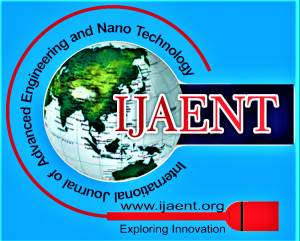![]()
Challenges in Smart Grid of Future
Anuranjan Misra1, Yogesh Kumar2, Md Muazzam3
1Dr. Anuranjan Misra, Professor, Department of Computer Science and Engineering, Noida International University, Delhi Noida, India.
2Yogesh Kumar, M.Tech Student, Noida International University, Delhi Noida, India.
3Dr. Md Muazzam, Professor, Department of Electrical & Electronics Engineering, Noida International University, Delhi Noida, India.
Manuscript received on August 09, 2015. | Revised Manuscript received on August 18, 2015. | Manuscript published on August 31, 2015. | PP: 19-21 | Volume-2 Issue-9, August 2015. | Retrieval Number: I0334082915
Open Access | Ethics and Policies | Cite
© The Authors. Published By: Blue Eyes Intelligence Engineering and Sciences Publication (BEIESP). This is an open access article under the CC BY-NC-ND license (http://creativecommons.org/licenses/by-nc-nd/4.0/)
Abstract: Our nation’s infrastructure for generating, transmitting, and distributing electricity – “The Grid” – is a relic based in many respects on century-old technology. It consists of expensive, centralized generation via large plants, and a massive transmission and distribution system. It strives to deliver high-quality power to all subscribers simultaneously – no matter what their demand – and must therefore be sized to the peak aggregate demand at each distribution point. In this paper we describe what the electricity grid could look like in 10 years, and specifically how Federal investment in data analytics approaches is critical to realizing this vision.
Keywords: Nation’s, generating, electricity, Grid, power, paper, system.
